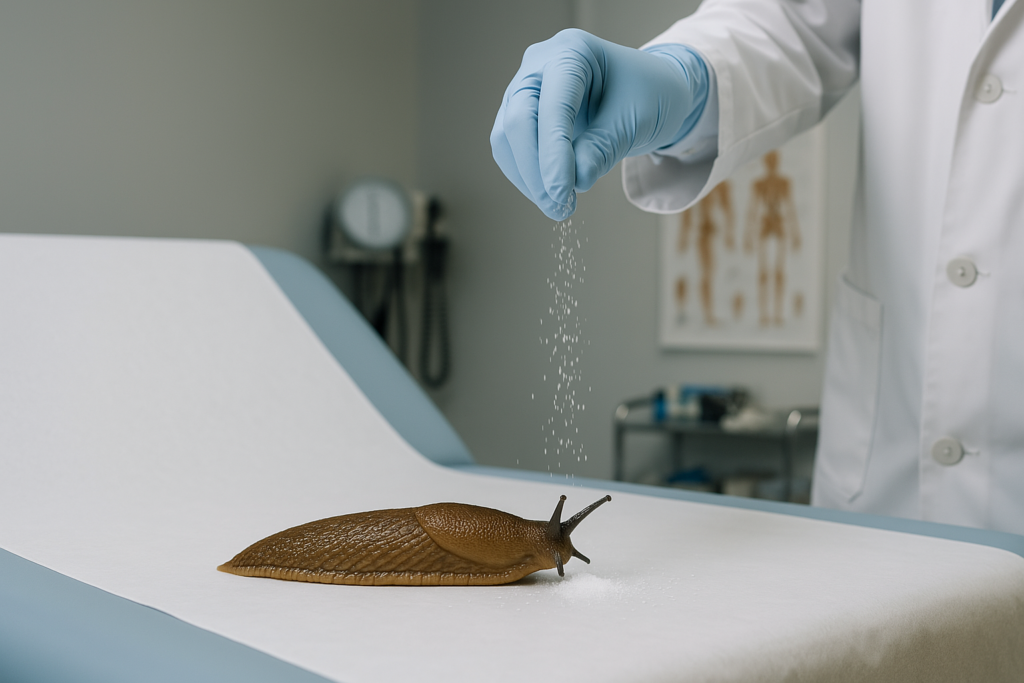
Endometrial Effects May be Primary Mode of Action of Birth Control Drug
Study Supports Endometrial Effects as Primary Route of Pregnancy Control of Norethisterone Acetate (NETA) in Albino Rats
Animal research continues to provide a more complete understanding of the immunological effects of some birth control on the endometrium.
“The effect of norethisterone acetate on the uterine telocytes, immune cells and progesterone receptors in albino rats” was published in August 2024 in Nature.
The authors hypothesize that for birth control methods using norethisterone acetate (NETA) “…the primary routes of pregnancy control by NETA are the decidual (pregnancy-like) effects or improper decidualization which prevent fertilization and implantation respectively.”1
The paper does not describe how fertilization might be prevented other than mentioning that NETA has progestational effects and is worth a quick discussion up front.
Progestational does not necessarily mean pro-gestational as in supporting pregnancy processes. In the context of progestins, it likely means having a progesterone-like effect. This is true when progestins are used in short duration. However, “Prolonged use results in progressive endometrial atrophy.”2
Why the authors decided to include “pregnancy-like” effects that prevent fertilization as one of the two candidates for primary route of pregnancy control–when the article focuses exclusively on the uterine environment–is a good question. Perhaps they wanted to minimize the controversy of having a sole conclusion based on impaired decidualization of the endometrium. Regardless, there is nothing in the article to further explain a fertilization-preventing mechanism of action other than referencing previous albino rat research in 1984 whose abstract mentions that the “…persistence of mucous layer in the cervix and vagina was markedly evident after norethisterone treatment” and that “norethisterone disturbs the normal physiology of the genital tract, thereby preventing conception in the albino rat.”3 Without further clarification, we might take this to mean oft-cited cervical mucus effects.
Once NETA is inside the body, it is metabolized into norethindrone.
For women, norethindrone is used in COCs (Loestrin, Microgestin, Junel, Larin, Femhrt, Estrostep FE, Lo Loestrin FE, Minastrin 24 FE), POPs (Errin, Heather, Jencycla), and injectables (Mesigyna, Noristerat).
The authors explain:
“The contraceptive activity of synthetic progestins is mediated through three basic mechanisms: (a) An anti-gonadotrophic action leading to the prevention of ovulation; (b) Alter the cervical mucus characteristics that inhibit sperm penetration and (c) Desynchronization of the uterine picture necessary for implantation” (emphasis mine) (Ebd-Elkareem, 2024)
The now ubiquitous acknowledgment of implantation effects cannot be understated. This mechanism of action of birth control has historically been panned, deemphasized, and denied. But it is now widely acknowledged in the both academic and popular spheres.
Claims that birth control worked by preventing ovulation held until researched showed significant ovulation rates on early generation POPs. Claims that thickened cervical mucus is a primary effect continue to hold because studies have not been done to provide direct evidence in either direction with pregnancy as a primary outcome. And claims that endometrial or implantation effects might be primary were (until recently) minimized as “theoretical.”
This is one of the first studies I’ve come across that lists impaired decidualization (an endometrial/implantation effect) as a “primary route of pregnancy control.”
That’s kind of a big deal, and we should be wary to discount this evidence based on it being an animal study.
So what exactly did the authors find?
“Decidualization is the morphological, hormonal, biochemical, and immunological preparation of the endometrium to form the decidual lining into which the blastocyst implants. The optimal decidualization of the endometrium is the key factor of pregnancy success.”
“Accumulating evidence indicates that uterine cell apoptosis, autophagy and proliferation patterns are under the regulation of ovarian hormones. They are highly ordered cell-specific processes that play an essential role in maintaining the estrous cycle and pregnancy-associated uterine remodeling.”
“Collectively, our results indicated that the progesterone and other progestogenic substance as NETA regulate endometrial decidualization during peri-implantation period and provide an insight into a role of uterine immune system and telocytes in control of conception, embryo implantation, and pregnancy. Inadequacies in these key processes negatively impact pregnancy”
“The findings of this study revealed that NETA usage increases the infiltration and activity of immune cells (eosinophils, neutrophils, macrophages, lymphocytes, and mast cells).”
“The differences in telocytes morphology, distributions and relations to other stromal, epithelial and immune cells after oral administration of NETA may indicate that NETA may exert its contraceptive effect by direct or indirect effect on the tissue coordinator telocytes.” (Abd-Elkareem, 2024)
In other words, NETA creates the kind of immune environment that you might expect to reject an embryo in the event of fertilization.
This needs to be considered by hedged contraceptionists whose position requires a pro-pregnancy environment in the event of conception.
- Abd-Elkareem M, Alnasser SM, Meshal A, Abdullah RI, Ali AU. The effect of Norethisterone acetate on the uterus of albino rats: histological, histochemical and ultrastructure study. BMC Vet Res. 2024 Aug 29;20(1):384. doi: 10.1186/s12917-024-04219-0. PMID: 39210341; PMCID: PMC11360500. ↩︎
- Deligdisch L. Hormonal pathology of the endometrium. Mod Pathol. 2000 Mar;13(3):285-94. doi: 10.1038/modpathol.3880050. PMID: 10757339. ↩︎
- Maiti BR, Sahu A. Effect of long-term administration of norethisterone (a progestogen-only contraceptive) on the female genital tract of the albino rat. Acta Physiol Pol. 1984 Jan-Feb;35(1):23-33. PMID: 6534078. ↩︎
